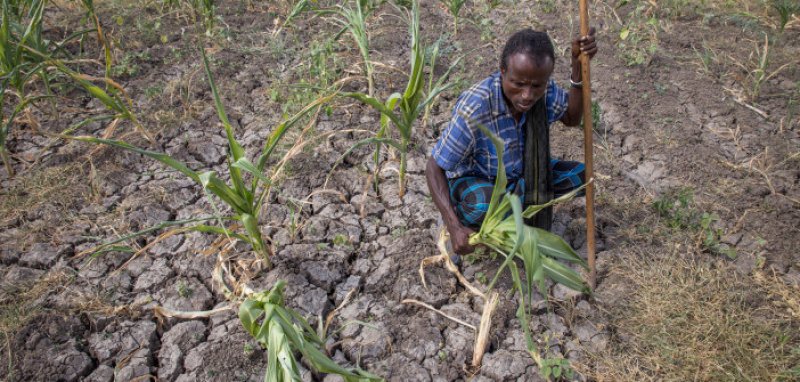This question comes up frequently in discussions of farming practices – how much arable land is there on the Earth, and how much are we currently using? …. It’s an important question, because as the population grows, we need to grow more food. We can do this [by] increasing the amount of food each acre of land can produce, by farming more acres of land, or by producing food without land. But if we expand farming acres, where would those more acres come from?
….
The fact is we have already “picked the low hanging fruit.” We have used the best farming land for farming. What remains is largely on the low end of the continuum of suitability.
…
It is much more preferable to increase the efficiency and sustainability of farming the land already being used. In fact, ideally, we would decrease the percentage of land used for farming and return some of it back to natural ecosystems.
…
[P]erhaps the biggest obstacle to best farming practice is also one of the most difficult to fix – ideology. Primarily I am talking about organic farming …. A recent German study finds that an organic diet uses 40% more land than a conventional diet …. By many estimates, we simply do not have the land necessary to feed the world with organic farming methods ….Read full, original article: How Much Arable Land Is There?































